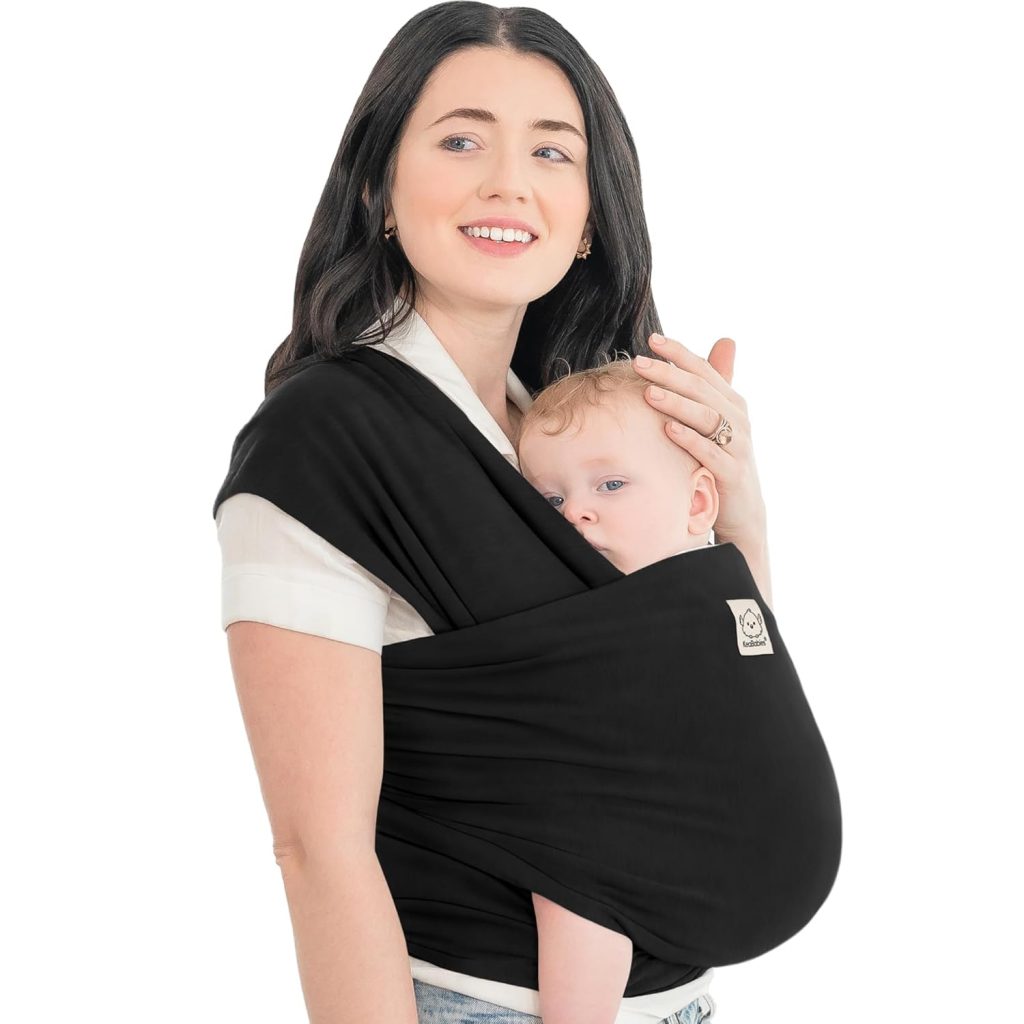When selecting a baby carrier, it’s crucial to consider safety standards and certifications to ensure the product’s reliability and your child’s well-being. Here are some key safety standards and certifications that you should look for when choosing the right baby carrier:
- EN 13209-1 and EN 13209-2: These are European standards for baby carriers. EN 13209-1 applies to framed back carriers intended for children from 6 months to a maximum of 18 kilograms, while EN 13209-2 is for soft carriers designed to carry a maximum weight of 15 kilograms。
- ASTM F2236: Known as the Standard Consumer Safety Specification for Soft Infant and Toddler Carriers, this US standard sets requirements for soft carriers to ensure they support an infant or toddler in an upright position。
- ASTM F2549: This standard is for Frame Child Carriers and ensures that the carrier has a tubular frame made of metal or other materials to support the child in an upright position。
- ASTM F2907: The Standard Consumer Safety Specification for Sling Carriers covers various types of sling carriers and sets requirements to reduce the likelihood of injury during regular use or foreseeable misuse。
- CPSIA (Consumer Product Safety Improvement Act): This US regulation includes safety standards for children’s products, including baby carriers. It mandates testing and certification, registration cards, and tracking labels to ensure product safety。
- REACH: This European regulation limits chemical substances and heavy metals in consumer products, ensuring that baby carriers do not contain toxic chemicals and heavy metals that could harm the child。
- CEN TR 16512: This technical report provides guidelines for the safety of children’s slings, focusing on carriers designed for the carer to carry the child solely on their torso。
When shopping for a baby carrier, always check for these standards and certifications to ensure that the product meets the highest safety requirements. Additionally, look for features that promote proper ergonomic support, such as a well-padded waistband and shoulder straps, adjustable fit for both parent and child, and secure closures and buckles. It’s also important to consider the carrier’s material, ensuring it’s breathable, durable, and easy to clean. Always follow the manufacturer’s instructions for use and weight limits, and regularly inspect the carrier for signs of wear and tear to maintain safety
